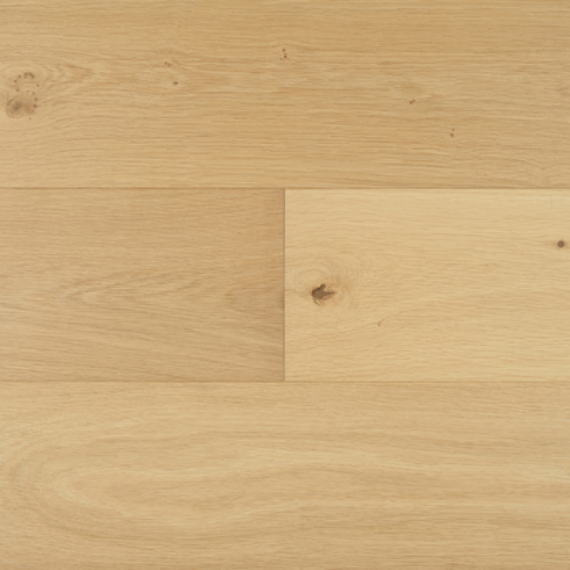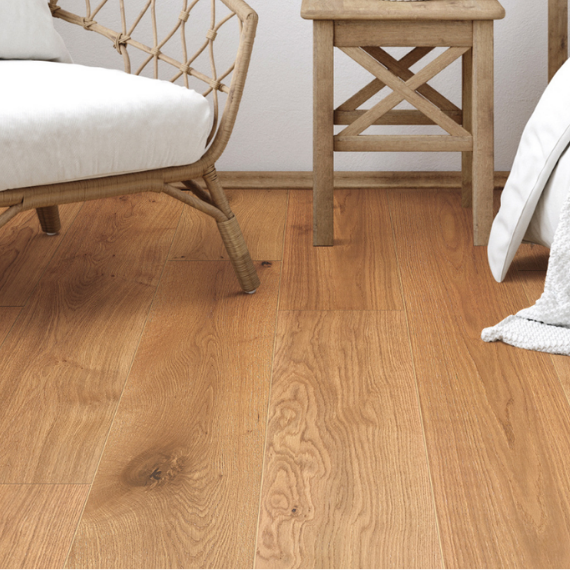
Order a Sample
Can’t visit our Geelong Showroom? Get up to 3 free timber flooring samples delivered and experience the Barwon Timber difference from home.
Visiting the Barwon Timber Showroom:
Explore a wide range of engineered flooring options with expert guidance from our team, here to help you choose the right product and support you through installation to completion.
Filter
Filter
Engineered Timber Flooring
-
SHOP BY: Colour(66)
-
SHOP BY: Species(66)
-
SHOP BY: Range(66)
-
SHOP BY: Pattern(66)
Brands
Collection
Free Engineered Flooring Samples - Delivered to Your Door
Can’t make it to our Showroom? No worries - we’ll bring it to you.
Get up to 3 free timber flooring samples delivered straight to your home and experience the Barwon Timber difference where it matters most. Compare colours, finishes, and styles in your own space, under your own lighting, to find the perfect match with confidence.



























































































